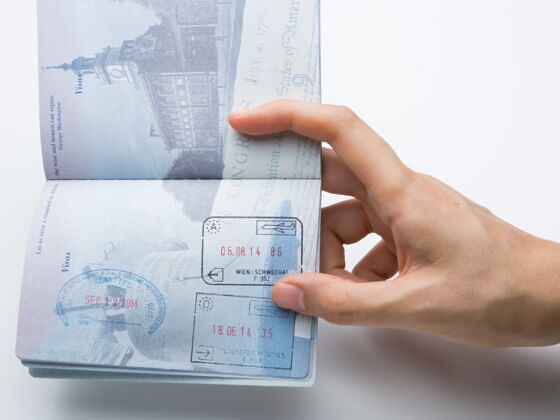The borders of the European Union are toughening up and it’s bad news for stamp collectors.
In the current border crossing system, non-EU, visa-exempt travelers go through an immigration check by border agents who stamp their passport with their entry date when they come into the Union, and with their exit date when they come out. For those who travel around the European Union, even if they visit all 27 countries, it is the only stamps they get. But soon, even those will be a thing of the past.
